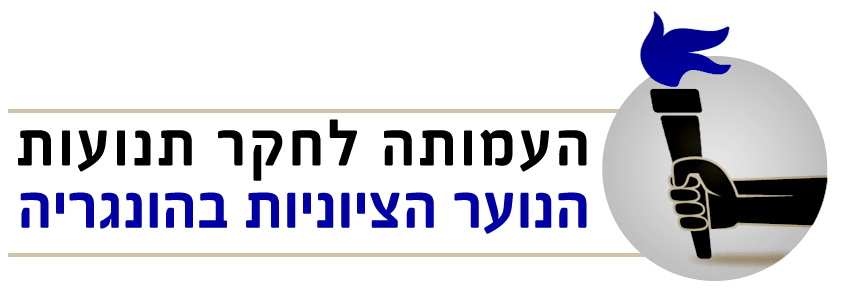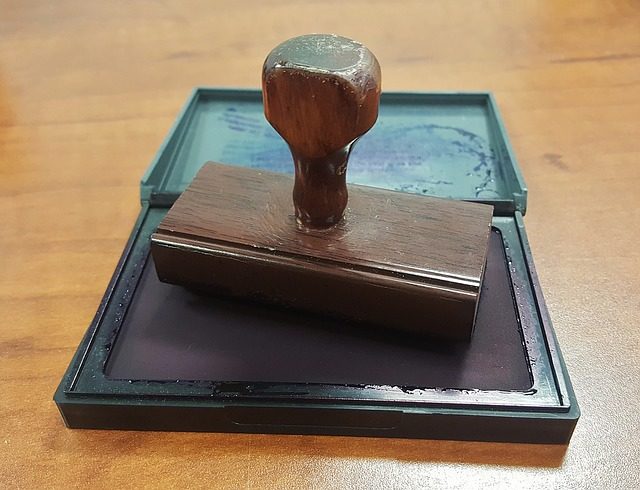Drawing
A few of the seals were hand-drawn directly onto the documents, using a felt-tipped pen or seal ink. This was done in the initial period, when only a few documents were needed.
Copying a design with a sepiograph
Copying by means of chemical ink on transparent paper. The design was placed on a congealed medium – the sepiograph plate – which could be used for 24 hours to produce seals for 20-50 documents. The first sepiograph was obtained from Slovakia. Within a short time the seal degraded, and had a shadow. This challenge led to attempts to replicate the sepiograph gel, by combining warm gelatin with glycerin. This method could be used to make seals that were not needed for large quantities of documents.
Ordering seals
The seal produced with the sepiograph was used on an order form sent to a stamp workshop, that made a rubber stamp.
Cutting and assembling
When an appropriate order form was not available, or making the order was too risky – such as for government or army stamps (one of whose components is the crown and Hungarian coat of arms. There were also seals that included the Hungarian coat of arms – with two angels, sometimes with the addition of oak branches. All these “decorations” made reproducing the seals more difficult.) Such seals could not be ordered by a regular civilian.
The solution was both complex and complicated. Seals with general wording were ordered, and were used to put together the necessary wording by cutting the words into individual letters and gluing them back together. The work required not only nimble fingers, but also knowledge of wording and assembling. Miki Langer was the expert at this craft.
The underground Zionist Youth Resistance Movement (ZYRM) used this method to order and “assemble” 150-170 different seals that could be used as many times as necessary.
Lead letters in metal frames
This method turned out to be too cumbersome. The results could not meet the test of a precise comparison with the original. For the mass production of residency permit documents, however, using this method was unavoidable, particularly in April and May, 1944. In October-November, the ZYRM faced a similar need for massive quantities of forged documents, because Budapest was flooded with both refugees from eastern Hungary, who were fleeing from the advancing Russian army, and with Jews who escaped from the death marches heading west from Budapest to Vienna. In producing the certificates that purported to be from the country towns, the forgers could let their imaginations run wild, because the gendarmerie in Budapest had insufficient manpower to verify the authenticity of the information.
Original, authentic certificates and forms
A certain type of forms could be obtained in the “free market”, because the non-Jewish population also needed document forms, and the ZYRM was able to buy these in massive quantities from various sales points. Another type of form, which was not sold freely, was supplied to the ZYRM by “friends,” such as the Protestant priest of Jewish extraction, the population registry clerk whose ex-husband was Jewish, etc., and by the non-Jewish resistance groups.
Altering original certificates
In special cases, the hand-written details on original documents were wiped clean with chemical solutions and replaced with the desired new identity information.
In-house duplication
Some of the certificates were produced on a form that was mimeographed in the workshop. These included Polish birth certificates, the various documents issued by the authority that supervised foreigners, the refugee affairs bureau, etc.
(Based on testimony by David Gur)

